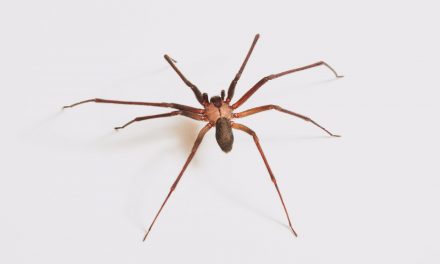
Shade-grown cacao? A delicious treat that’s good for the environment.
Ecuador, one of the most biodiverse countries in the world, is where cacao first saw its roots. Here, many small farmers totally dig growing cacao pods grow under the canopy of banana trees and other local plants, which gives those yummy beans more flavor by the time they get to you. It doesn’t come cheap, but it’s good for the environment, and that’s why these cocao farmers have turned to growing in the shade. Some might call it permaculture.
Speaking of culture, we’ve visited some of these farms and adore the people growing it and the beans.
While larger chocolate growers use the more profitable clear-cut field method, which is basically in the hot roasting sun, research shows that this method leads to major losses in carbon storage compared to natural forests, “Shade-grown cacao has a greater potential for the long-term storage of greenhouse gases in soil, tree stumps, branches and roots, and surrounding vegetation.”, the Washington Post article states.
“Shade-grown cacao sequesters about 60 percent of the carbon of a natural, native forest, while monoculture holds only about 30 percent. (Higher rates of sequestration are better, in terms of mitigating global warming.) Shade-grown farms, with their diversity of crops, are also more resilient to changes in weather and to market fluctuations, says the University of Missouri’s Francisco Aguilar, the study’s co-author. It’s a low-cost, relatively easy to maintain production system, compared to monoculture plantations that rely on chemical fertilizers and pesticides. In Ecuador, 90 percent of the cocoa production comes from small-scale, shade-grown systems. “Farmers grow their food for their families but it’s also good for cacao when there are other crops,” said Leonor Zambrano of Minga del Cacao, an initiative that prunes cacao trees on farms smaller than 10 hectares.”
Given our country’s tendency to push the ever bigger farm, it seems smaller farms are better for farmers, families and the environment, ” A 2012 study found that an increase in shade levels would not only benefits biodiversity, but also boost Ecuadorian farmer incomes. Larger shade trees reduce weed growth, cutting down on the farmer’s labor.”











